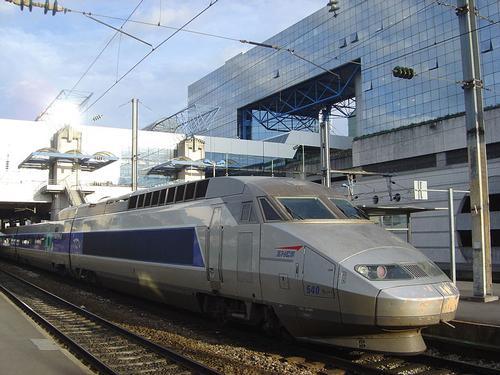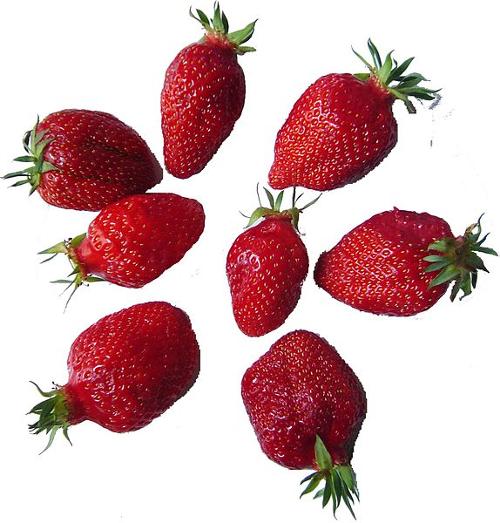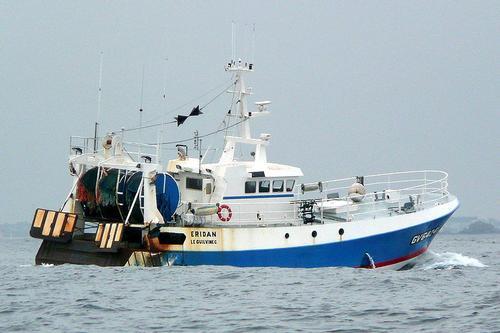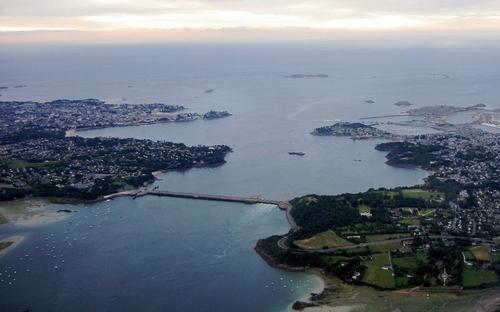BRITTANY
Economy

Economy
Popular destinations FRANCE
| Alsace | Ardeche | Auvergne |
| Brittany | Burgundy | Cevennes |
| Corsica | Cote d'azur | Dordogne |
| Jura | Languedoc-roussillon | Loire valley |
| Lot | Normandy | Picardy |
| Provence |
Economy
General

Until 1951, Brittany's economy suffered greatly from its remoteness from the rest of France. For a long time, Brittany was too far from the coal ponds, so that the industrial revolution almost completely passed over Brittany. The inadequate road and rail network also slowed down Brittany's industrial development considerably.
However, in 1951, the Comité d’études et de liaison des intérêts bretons (CÉLIB) was set up, and this led to an economic turnaround. The first Citroën factory was founded in Rennes in 1954 and many other companies moved to Brittany in the 1960s.
From the end of the 1960s the entire region was opened up by motorways and the TGV improved connections with the rest of France.
Agriculture and animal husbandry

Plougastel Strawberry BrittanyPhoto: David Monniaux CC 3.0 Unported no changes made
Brittany has for some time been the most important agricultural region in France, accounting for approximately 15% of the total French production. Approx. 10% of the labor force is employed in this sector and the production of pork, poultry and milk is largely realized in Brittany. Brittany is also the main producer of artichokes, cauliflower, new potatoes, shallots, tomatoes and green beans. Famous are the onions from Roscoff and strawberries from Plougastel. Brittany represents 11.5% of French agricultural production.
Brittany is by far the largest pig producer in France, supplying about half of the country's needs. Brittany also has the most chickens (75 million) and turkeys (12 million). Brittany represents 21% of French animal production. Butter, eggs and a few cheeses are exported to many European countries. The cattle market of l'Aumaillerie is one of the most important in France, with about 10,000 animals. La Guerche-de-Bretagne hosts the second largest pig market in France every week.
Obviously, the success also has a negative side: Brittany's beautiful countryside is seriously affected by the increasing agricultural activities. For example, about 80% of the rivers are polluted with a too high nitrate content and the biological diversity is deteriorating noticeably.
Fishery

Brittany is also the most important area in France for fishing. With approximately 200,000 tons per year, Brittany accounts for more than half of the total French fish production. Brittany has about 7,000 sea fishermen and tens of thousands of people find work in this sector. There are about seventy fishing ports, of which Lorient, Concarneau and Saint Malo are home to industrialized sea fishing. Other important ports are Le Guilvinec and Douarnenez.
Since 1985, the industrial and semi-industrial fisheries have deteriorated considerably due to catch quotas and overfishing. Traditional fishing, on the other hand, is still thriving.
Other sea products that generate a lot of income are oysters, scallops, mussels and algae. The latter sea product is mainly used for the cosmetics industry and as a culinary delicacy. Lanildut is the most important seaweed port in France.
Various economic activities

One in five employees works in industry. The food industry in particular, but also the car industry, the aviation industry, telecommunications and the shipbuilding industry play an important role in Brittany. Construction and public works account for 8% of industrial activity. Modern industrial zones with high-tech companies and supply companies, the so-called "technopoles", can be found in Rennes, Nantes, Vannes, Lannion and Brest.
In the Usine Maremotrice tidal power plant near Dinard, the large difference between ebb and flow is used to generate electricity. The world's first tidal power station has been producing energy since 1966 and is one of the largest in the world, delivering more than 500 million kilowatt hours per year.
Sources
Beaart, P. / Bretagne
ANWB
Bretagne
Lannoo
Bretagne
Van Reemst
Bretagne noord
ANWB
Graaf, G. de / Normandië, Bretagne
ANWB
Radius, J. / Normandië, Bretagne
Gottmer/Becht
Roger, F. / Natuurreisgids Bretagne : ontdek de onverwachte en bijzondere natuur van Bretagne
Kosmos-Z&K
Simon, K. / Bretagne
ANWB
Ward, G. / Bretagne en Normandië
Van Reemst
Wikipedia
CIA - World Factbook
BBC - Country Profiles
Last updated November 2025Copyright: Team The World of Info